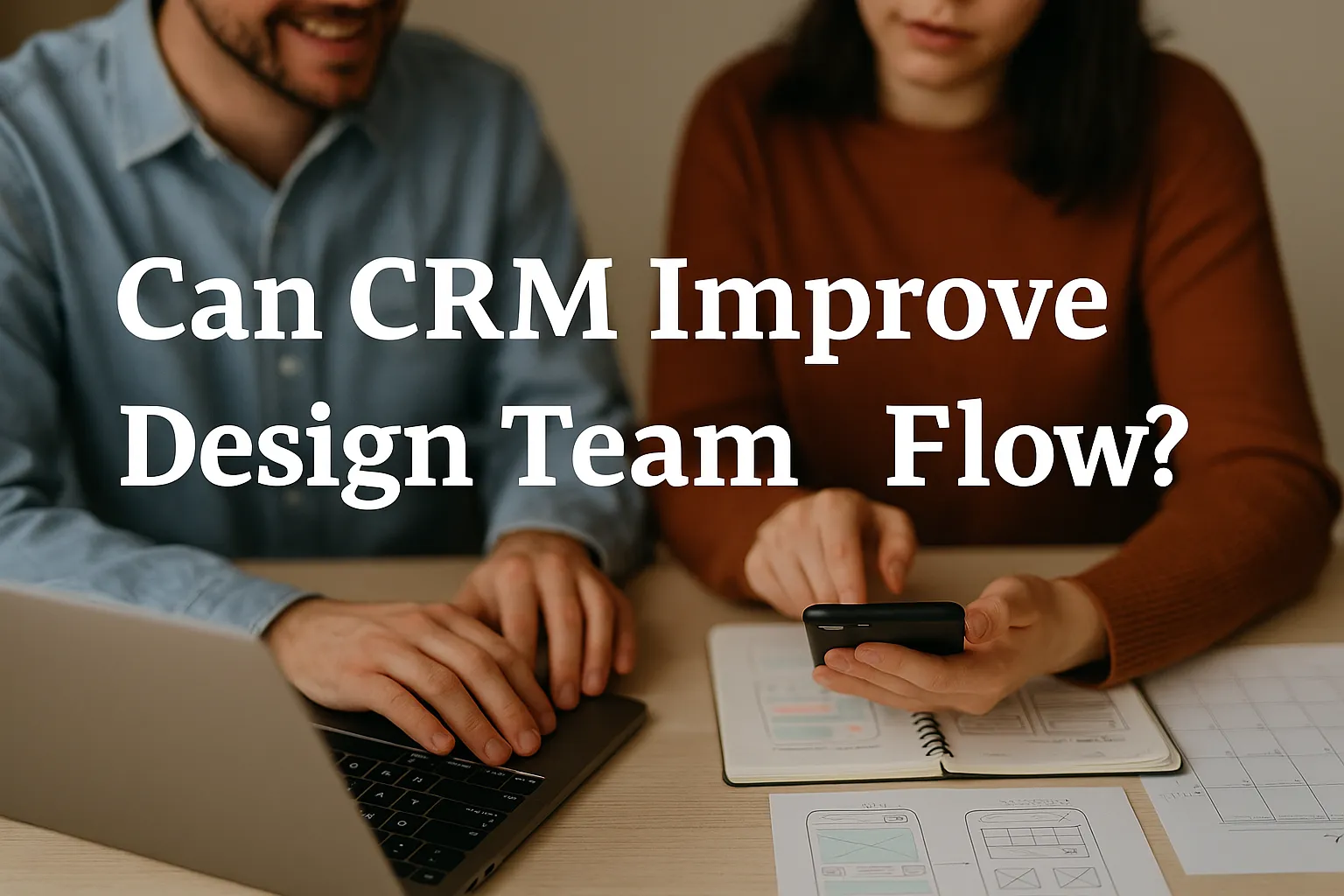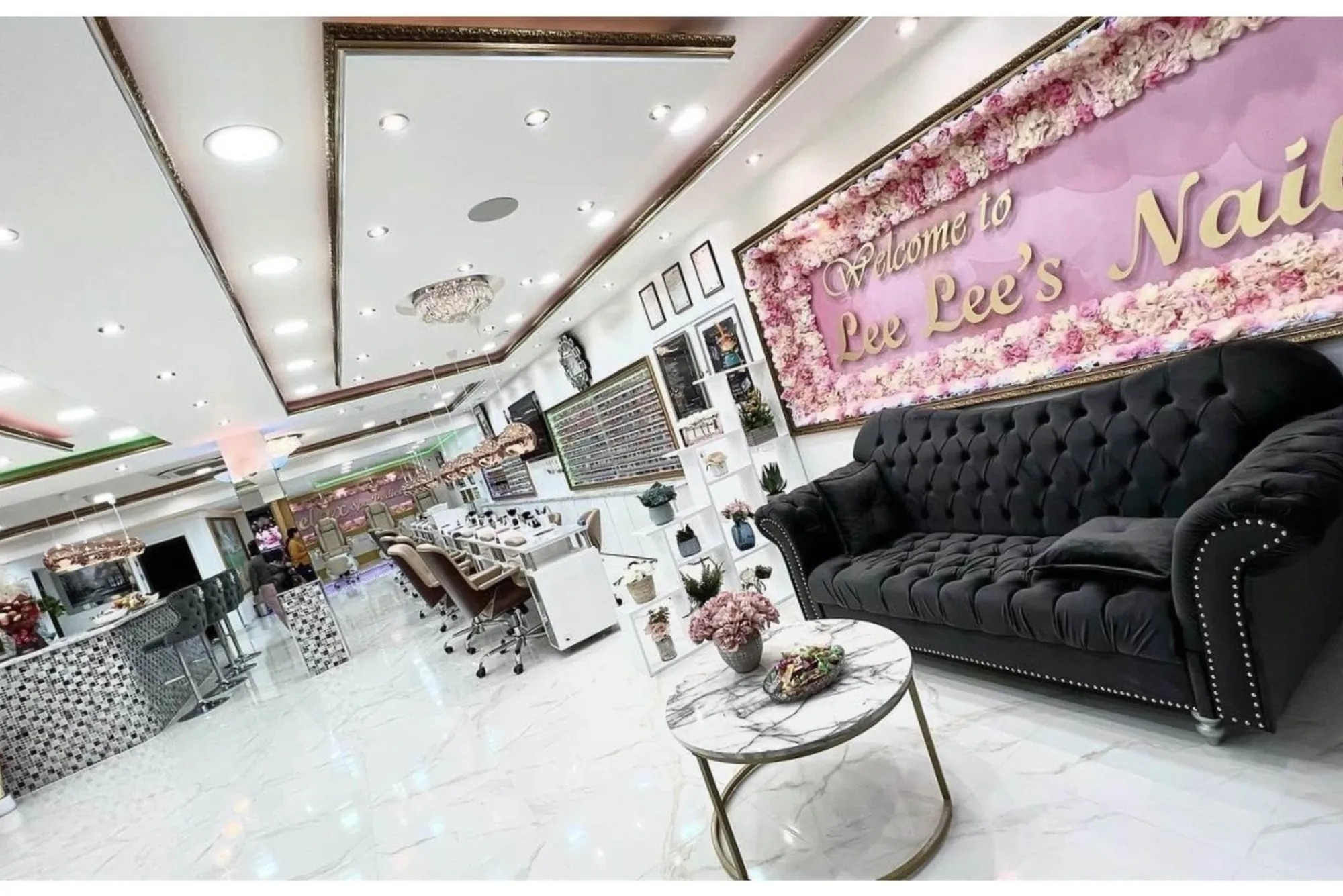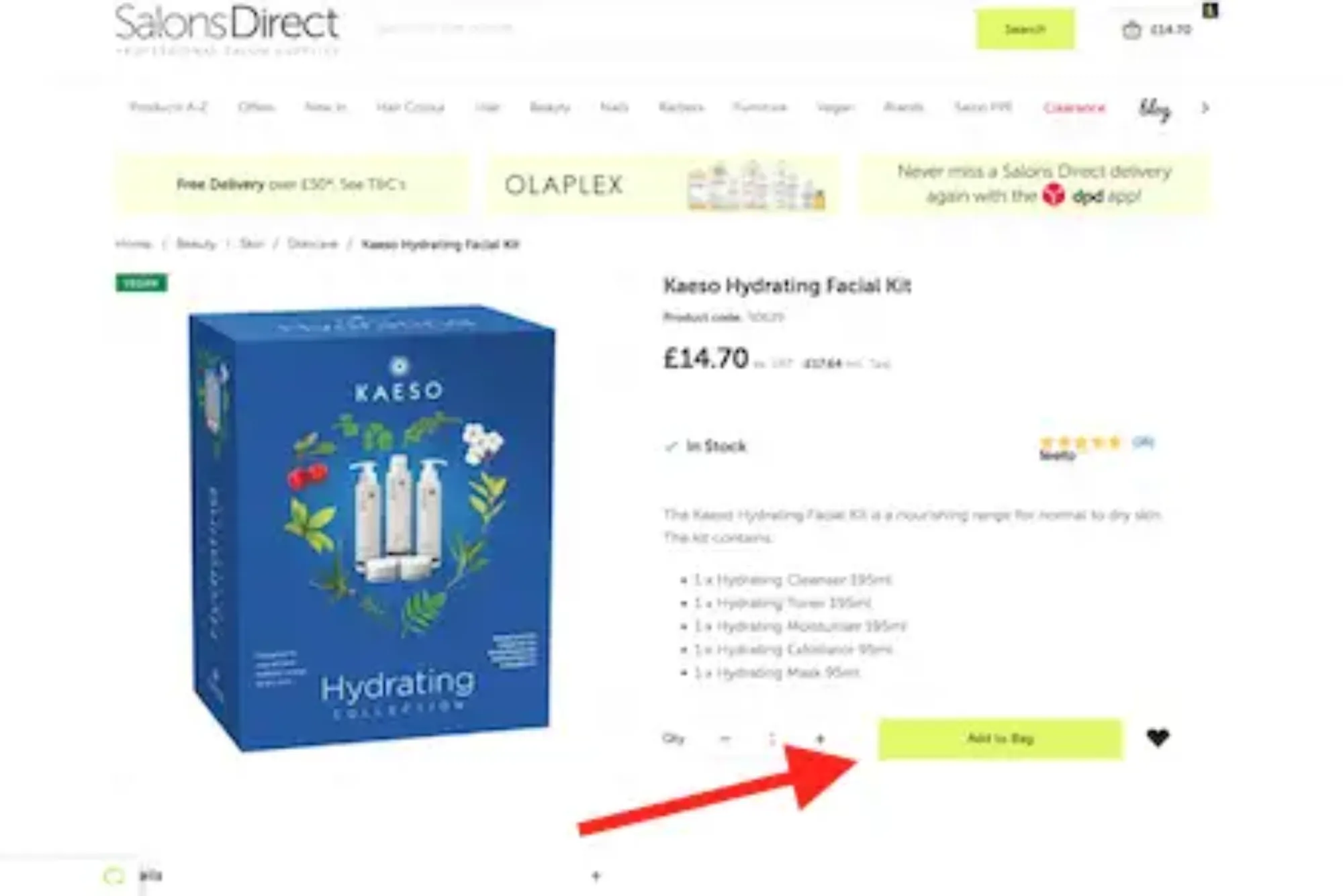The Overlooked Role of CRM in Creative Environments
In most agencies and studios, CRMs are pigeonholed as sales tools—repositories for leads and pipelines for closing deals. Yet for design teams, the challenge isn’t just winning projects; it’s orchestrating a seamless flow from brief to delivery. Designers juggle feedback loops, review cycles, asset handoffs, and client approvals, often across multiple channels and tools. A CRM, when customized thoughtfully, consolidates these touchpoints into a unified workspace, reduces context switching, and ensures every piece of client input finds its proper place.
Turning Client Communications into Actionable Tasks
One of the first hurdles design teams face is fractured client communication. Emails, Slack messages, comments in design files, and occasional phone calls create a labyrinth of feedback that is difficult to track. By routing all client queries and updates through a CRM, teams capture every request in real time. Each message becomes an actionable task, automatically tagged to the relevant project and assigned to the right team member. This approach prevents overlooked feedback and empowers designers to see the full conversation context before making revisions.
Embedding Scheduling Directly into Workflows
Design teams operate on tight deadlines and often require frequent touchpoints with clients for approvals and feedback. Integrating into your CRM allows clients to book meetings directly based on your team’s availability. Rather than toggling between calendars and chat windows, designers see their day mapped out—meetings, focus time, and review sessions—without manual coordination. This clarity prevents overbooking, minimizes conflicts, and preserves uninterrupted blocks for deep creative work.
Tracking Time with Agency Timesheet Software in CRM
Accurate time tracking is the backbone of transparent client relationships and profitable agencies. Embedding agency timesheet software within a CRM environment means that when a designer updates a task status, they can log time spent right there, in context. These time entries feed project dashboards instantly, revealing where hours concentrate—wireframe development, high-fidelity mocks, or multiple revision rounds. With this visibility, project managers reallocate resources proactively, and teams refine estimates based on real data, boosting efficiency and client trust.
Automating Approval and Review Cycles
Waiting for sign-off is a notorious bottleneck. A well-configured CRM can automate reminders for pending approvals, sending templated notifications when a design is complete and tracking responses. If a stakeholder does not respond within a predefined window, follow-up prompts ensure the project doesn’t stall indefinitely. Embedding approval fields and status indicators directly into the CRM pipeline gives the entire team a single source of truth: they know which designs are awaiting feedback, which are under revision, and which are client-approved.
Custom Pipelines That Mirror Design Processes
Unlike sales pipelines, design projects demand nuanced stages: discovery, concept ideation, prototype testing, finalization, and delivery. Most CRMs allow custom pipeline configurations, so you can label stages according to your design workflow. Each stage can trigger automated actions—such as creating tasks for asset export, notifying the marketing team of launch dates, or generating invoices for completed milestones. By mapping your creative process into the CRM, teams gain clarity on project status and ensure that no stage slips through the cracks.
Data-Driven Continuous Improvement
A CRM’s reporting capabilities shine when it comes to continuous improvement. By analyzing metrics like average turnaround time per stage, frequency of revision cycles, or client response delays, design leaders can pinpoint inefficiencies. Are discovery meetings too long? Are clients slow to review high-fidelity prototypes? Are certain designers overloaded? With these insights, teams adjust processes—adding internal checkpoints, shifting resource allocation, or refining client briefing documents—leading to smoother flows and higher-quality outcomes.
Real-World Impact: A Case Study
I once partnered with a midsize UX agency struggling with disjointed approvals and inaccurate time estimates. After implementing a CRM integrated with scheduling and agency timesheet software, they experienced a 35% reduction in cycle times from brief to delivery. Meeting schedules synced automatically, design feedback tasks auto-generated, and timesheet entries populated dashboards without manual effort. Designers reported spending 25% more time on creative work, and client satisfaction scores climbed as projects ran more predictably and transparently.
Choosing the Right CRM for Creative Teams
Not every CRM fits the bill for design workflows. Look for platforms that prioritize customization—allowing flexible pipelines, custom fields for design assets, and seamless integrations with creative tools like Figma or Adobe Creative Cloud. Ensure robust automation builders to handle scheduling invites, reminder emails, and timesheet nudges. And critically, choose a solution with an intuitive interface that designers and project managers alike can adopt without extensive training.
Implementing CRM in Design Environments
Rolling out a CRM requires careful change management. Start by mapping existing design processes and identifying key pain points. Onboard a small pilot team to test pipelines, automations, and integrations, gathering feedback to refine the setup. Provide concise training sessions focused on everyday tasks—logging feedback, booking reviews, and submitting timesheets. Finally, monitor usage metrics and team satisfaction, iterating on workflows to embed the CRM into the design culture organically.
Final Thoughts
CRMs have matured far beyond sales-focused databases; when leveraged correctly, they become the backbone of efficient design workflows. From integrating agency timesheet software and automating scheduling to configuring custom pipelines and driving data-driven improvements, a CRM can eliminate repetitive tasks, accelerate feedback loops, and empower designers to focus on their craft.









